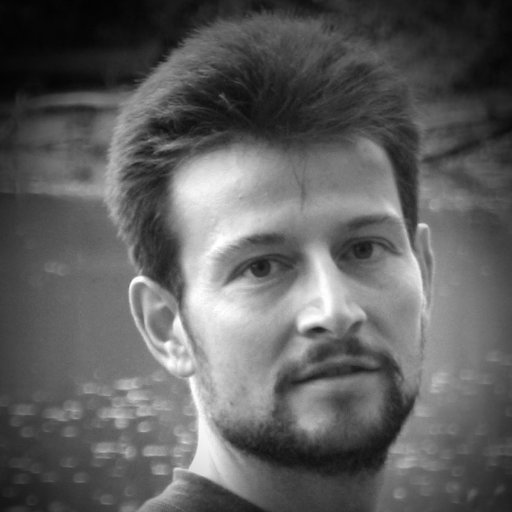
Josh Cashaback
@JCashaback
Followers
2K
Following
466
Media
22
Statuses
431
Learning, Neuromechanics, Human Interactions, Open-Access Education Assistant Professor | @udbme | @UDelaware 🚴♂️🛶⚽
Newark, Delaware
Joined October 2017
I've always wanted to get one of these dancers in the lab. Exquisite body control
0
0
1
No, look at *this* distribution of z-values from medical research! (329,601 z-values from Cochrane database)
11
48
577
Nice paper: Infinite horizon control captures modulation of movement duration in reaching movements:
0
0
0
Come join my lab! I'm looking for a PhD student for Fall 2026. Please see the posting below and my lab's website ( https://t.co/pRaEsZh6eD) for more details. Feel free to reach out to me directly via email or DM. Please share!
0
5
4
Validation of the energetics of a Huxley muscle–tendon complex model using experimental data obtained from mouse soleus muscle:
journals.biologists.com
Summary: Evaluation of a Huxley-type muscle–tendon complex model that includes elastic tissues and activation dynamics, using data from mice, shows model predictions are good for the mechanics and...
0
0
3
Brain-wide representations of prior information in mouse decision-making:
nature.com
Nature - Brain-wide recordings in mice reveal that prior expectations are distributed through recurrent loops across all levels of cortical and subcortical processing.
0
1
14
Reading this one today! The integrated control of decision and movement vigor:
0
1
11
A very cool new finding from our lab! During a cooperative sensorimotor task, we show that involuntary visuomotor feedback responses reflect a representation of a partner. https://t.co/87z0NqV5O0 Led by the extremely talented, @SethSullivan_
biorxiv.org
We have a remarkable ability to seamlessly and rapidly coordinate actions with others, from double dutch to dancing. Humans use high-level partner representations to jointly control voluntary...
0
3
19
This project was a lot of fun to work on with a great team, including @Jan_Calalo, Truc Ngo, @SethSullivan_ @BuggelnJohn, @RakLokesh, Adam Roth, Mike Carter, @NEneeSW, @JCashaback
0
0
0
Finally, we were also able to provide an alternative interpretation of previous reaching behaviour in the literature by using our decision-making and movement model.
1
0
0
We also found that considering both evidence accumulation and urgency (Trueblood model) was essential to explaining decision times.
1
0
0
Across several experiments and computational modelling, we show that ongoing deliberation influences the online control of movement---following movement onset and prior to a decision.
1
0
0
Past work in has provided brief snapshots of the deliberation process at movement onset (go-before-you-know paradigm) or the influence of a decision itself during movement (changes-of-mind). Yet it is unclear whether ongoing deliberation is expressed during online movement.
1
0
0
We are excited to share our new paper that dives into how ongoing decision deliberation reflects ongoing movements: ( https://t.co/aAHng86qos)/ A tour-de-force by the incredible @Jan_Calalo
2
8
23
bioRxiv has a dedicated section for negative results. Use it. Share negative results. Your colleagues will appreciate it.
12
271
1K
Neural space has very similar issues to the behavioural models in the 1990s (e.g., dimensionality reduction, dynamical systems theory/attractors), which are more observational than mechanistic.
0
0
6
Find out why it's so hard to make decisions during time limits in this @UDelaware #ArticleinPress, #Indecision under time pressure arises from suboptimal switching behaviour (Seth R. Sullivan et al.): https://t.co/QTNDVZRWZS
1
9
21
Nice paper, by Jeremy Wong. Energy and time trade-offs explain everyday human reaching movements:
0
1
6











